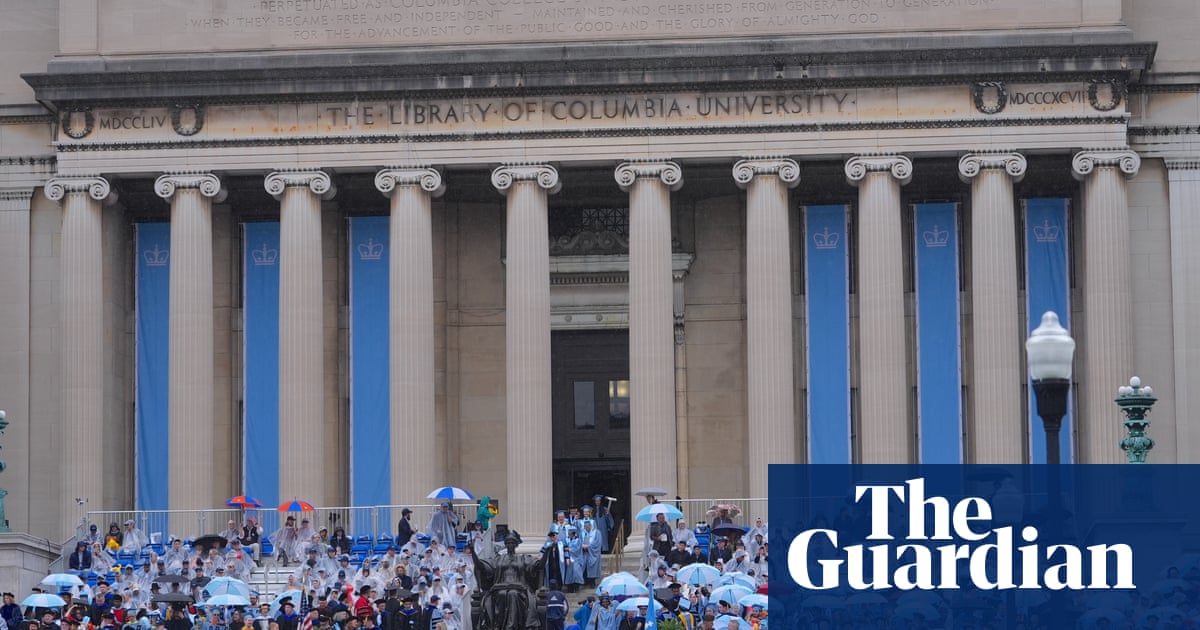The article reveals a significant conflict between the Trump administration and Columbia University, centering around accusations of failing to protect students from antisemitic harassment. This dispute has escalated to threats regarding Columbia's accreditation, implicating federal funding and the university's reputation.
Underlying Intentions
The announcement appears to serve multiple purposes. Firstly, it signals the Trump administration's intent to exert control over educational institutions, particularly those perceived as liberal or critical of its policies. By threatening Columbia's accreditation, the administration aims to send a message to other universities that dissent from its ideological stance may lead to severe consequences. This tactic could be intended to rally support from conservative constituents who view such universities as bastions of liberal ideology.
Public Perception Goals
The narrative constructed by the article seeks to frame Columbia as an institution that is not only failing in its responsibilities but also as one that is vulnerable to political pressure. This could foster a perception among the public that universities are not above accountability, particularly concerning issues like discrimination and harassment. Additionally, it may appeal to those who believe that educational institutions should be held to certain standards regarding student safety and inclusivity.
Potential Omissions
There may be aspects of the broader context that the article does not address, such as the full extent of student protests and the complexities of the accusations against the university. The focus on administrative actions could overshadow student voices who may have different perspectives on the situation.
Manipulative Elements
The article could be seen as having a manipulative quality, particularly in how it frames the Trump administration's actions as necessary and justified. The language used may evoke emotions surrounding issues of safety and discrimination, which can lead to polarized opinions. The emphasis on accreditation threats could also be interpreted as a tactic to instill fear among other universities that might be contemplating similar protests or dissent.
Validity of Claims
The claims made in the article regarding Columbia’s alleged violations are serious and merit investigation. However, without a robust presentation of evidence or a response from the university, it is challenging to fully assess the validity of these claims. The absence of immediate commentary from Columbia also raises questions about the transparency of the situation.
Community Impact
The potential repercussions of this conflict could extend beyond Columbia. If the Trump administration successfully leverages accreditation threats to curb dissent, it may embolden similar actions against other institutions, leading to a chilling effect on academic freedom nationwide. This situation could create divisions within the educational community and among the public regarding the role of universities in political discourse.
Audience Engagement
The article appears to target readers who are concerned about issues of discrimination, academic freedom, and the intersection of politics and education. It may resonate more with conservative audiences who are skeptical of liberal institutions and their responses to social issues.
Market Implications
In terms of market influence, the threat to federal funding for Columbia could have implications for investors in educational institutions or companies that provide services to universities. The stability of federal grants is crucial for many institutions, and uncertainty around funding could lead to volatility in related sectors.
Global Context
While the immediate issue is localized to Columbia, it reflects broader tensions in U.S. society regarding free speech, academic freedom, and governmental oversight of educational institutions. This situation could resonate internationally, especially in contexts where academic institutions face pressure from governmental entities.
AI Influence
There is a possibility that AI was used in drafting this article, particularly in data analysis or sentiment assessment to shape the narrative. However, without specific indicators of AI-generated content, it remains speculative. If AI was involved, it might have influenced the tone or framing of the narrative to align with certain rhetorical strategies.
This article contains elements that can be interpreted as manipulative, particularly in how it frames the conflict and the implications of Columbia's actions. The language suggests a need for accountability, which can be seen as a legitimate concern, yet it may also serve to further a political agenda. The overall reliability of the article is tempered by its one-sided presentation and lack of comprehensive commentary from the university.
